Context
A quarter of Indonesia’s population is young people ages 10-24. This age group lacks access to sexual and reproductive health (SRH) information and services, a persistent public health problem that contributed to 32,000 unplanned pregnancies from 2010-2014. Indonesia also has a high smoking prevalence among male youth, with about one in five boys ages 13-15 and three in four boys ages 15-19 smoking cigarettes or tobacco. The country’s high youth literacy rate and rapidly growing internet usage and phone ownership make it an ideal candidate for health promotion and education interventions that target the young population and are delivered via mobile phone. In this study, the authors sought to examine whether a mobile health intervention could increase knowledge of SRH and the negative health impacts of smoking among Indonesian adolescents.
Intervention
The intervention consisted of educational text messages, both factual and persuasive in nature, that promoted health services or websites for youth. They were sent to participants twice a week over a period of ten weeks. The text messages were developed through focus group sessions with youth and with findings from previous SRH promotion projects to make them relevant and culturally appropriate to specific groups according to their risk profiles based on their gender, marital status, and smoking status. Each participant received an initial welcome message with a link to the baseline survey, followed by a series of 12 intervention messages delivered twice per week (one SRH and one smoking message) at the same time of day. They then received a message asking them to complete a follow-up survey online and if they wanted to be part of a focus group giving feedback on the intervention.
Evaluation
Design: Recruitment of youth took place face-to-face in schools, universities, and local health facilities. The pretest and posttest surveys collected information on demographics and risk behavior and assessed changes in knowledge between the two groups and among individuals (quasi-experimental design). The evaluation also assessed the acceptability and appropriateness of the intervention from the focus groups. The key outcomes included changes in knowledge, assessed using six SRH-related knowledge questions and seven smoking-related knowledge questions at baseline and follow-up. The SRH questions asked about sexually transmissible infections (STIs), contraception, antenatal care visits, and the legality of medical abortions, whereas the smoking questions covered tobacco toxins, tobacco exposure and health risks due to smoking, consequences of passive smoking, and benefits of quitting smoking. The researchers also examined whether there was a relationship between changes in SRH and smoking-related knowledge scores and the number of text messages participants received during the study (a dose-response relationship).
Sample: Youths ages 16-24 were recruited for the study, and once provided consent, were enrolled into a messaging schedule based on their risk profile. Of the 958 people they tried to recruit, 581 (61%) completed the baseline survey. Of these, 555 (96%) were eligible to participate (one did not obtain parental consent and 25 did not meet the age requirements) and enrolled in the messaging intervention. By the end of study, 235 (42%) participants completed the follow-up survey, but only 198 of the 235 (84%) had baseline results and were included in the analysis. Participants had a median age of 18 and almost two-thirds were women. Further, they were more highly educated and had lower risk profiles compared to nationally representative samples of young people in Indonesia.
Results
The results showed that the intervention was well-accepted, with 95% of participants reporting that they learned something from the SMS messages and 61% finding them interesting or entertaining. Looking at SRH knowledge, there were significant increases between baseline and follow-up in three questions–those regarding the legal status of abortion in Indonesia, STIs without symptoms, and condoms preventing unwanted pregnancy and protecting against STIs and HIV. For smoking knowledge, there were significant increases in two of the questions–that most tobacco smoke contains more than 7,000 chemicals and that almost all the nicotine will be out of one’s system 12 hours after smoking. Between baseline and follow-up, mean SRH knowledge scores significantly increased from 2.7 to 3.4 and mean smoking knowledge scores from 3.8 to 4.1. Comparing the intervention and control groups, there was a significant increase in the proportion of participants who reported always using condoms in the intervention group (from 20% at baseline to 29% at follow-up), while no change was observed in the control group.
Limitations: The under-recruitment of married and smoking participants limited the opportunity to assess outcomes among these groups. This likely resulted from recruiting young people face-to-face and mainly from educational settings. Other limitations included the low proportion of participants with both baseline and follow-up results and the potential bias introduced by self-reported evaluation due to recall issues and pressure to respond with socially desirable answers.
Conclusion
This study showed that leveraging modern communication technologies, such as text messaging, is a feasible and discrete way to deliver health information about topics, such as SRH and smoking, to young people in Indonesia. This method of delivery can be particularly beneficial for reaching young people who may be hesitant to discuss sensitive health topics in person or in traditional settings. Alternative methods to recruit a sample of young people with a mix of risk profiles will be required to assess the feasibility and accessibility of the intervention to different groups and to examine how best to tailor messages to achieve maximum impact.


